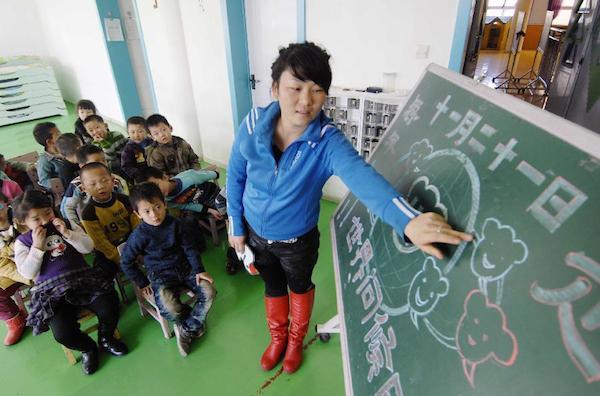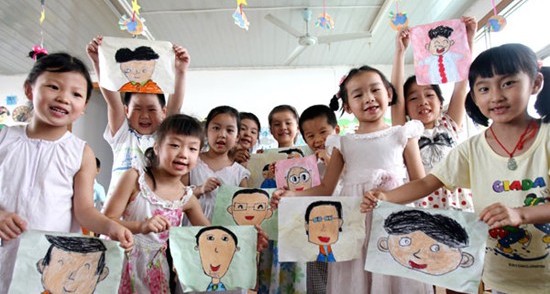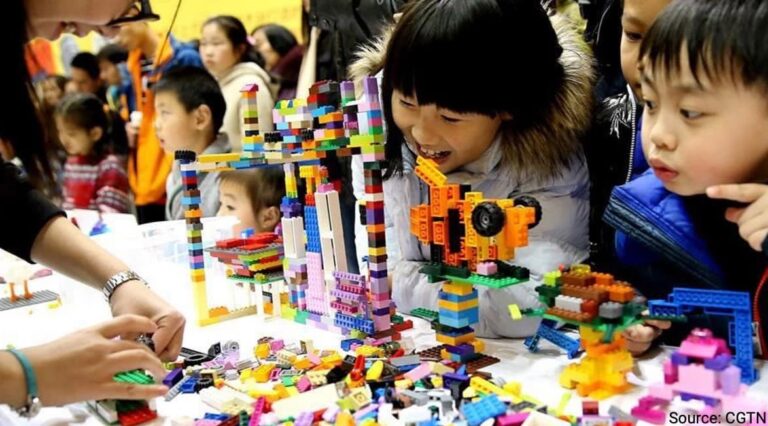Market report: Preschool Expansion in China
Education is one of the fastest growing sectors in China. Although the one-child policy may have suspended population growth to an extent, there is still a significant deficit in the number of schools available. One area that has historically been lacking is preschool. With 181,300 kindergartens operating throughout the country in 2012, only 64.5% of kids aged 6 or under were enrolled in some form of pre-primary education. That number is on the rise, but there are still a host of problems facing China’s education system. Our focus is on preschool expansion in China.
Preschool market is unbalanced throughout China
A large portion of Chinese kindergartens started as day care centres for company employees. Although it’s common for grandparents to be charged with child care while the parents are working, some companies provided these centres as benefits. After education reforms mandated that all kindergartens must be open to the public, many closed down, unable to cope with the lack of corporate funding. Numbers have risen recently, but the lack of oversight and planning has led to a wide gap in quality and prices throughout the country.
What kind of preschool in China?
Certain preschools offer a very academic style, focusing on a detailed and specific curriculum that prepares the children for success in later schools. This is in-line with the general trend in China of parents beginning their childrens’ formal education as early as possible, in an attempt to provide them with a competitive advantage over their peers. In addition to preparing pupils for the rigorous gaokao exam systems, it also provides an earlier introduction to foreign languages like English, a feature many parents find particularly attractive.
The tuitions of these centres are, however, beyond the means of many working families. A large number of “black” kindergartens have sprung up to address this. They are typically unregulated, employ unqualified teachers, lack facilities and curricula, but also much cheaper. They often market themselves towards migrant workers who cannot afford licensed and reputable preschools. However, recent scandals decrying dangerous conditions at these schools and reports of child abuse have severely damaged the credibility of these off-brand alternatives. Some families are now willing to pay several times more than they can really afford to ensure their children go to certified schools.
Beijing wants to favour Preschool expansion in China
By 2020, the government has said it will increase enrolment to provide access for 40 million children, raising the percentage of children who have access to three years of preschool to about 70%, and at least two years to about 80% of those between the ages of 3 to 4. In addition, it has created a rigorous series of milestones for the development of the early education infrastructure, particularly in rural areas where there is a particular lack of schools. Investment has been pledged at 100 billion RMB from local government, and an addition 40 billion RMB has been pledged from the central government. 1.8 million Families received a government subsidy in 2011-2012, totalling 800 million RMB, and the central government awarded 4.7 billion RMB to 30,000 local kindergartens in the same period. An aggressive program of training and qualification in 2011 resulted in 1.2 million principals and teachers receiving training.
While there has been a significant monetary investment, the question still remains whether it will be enough to overhaul the education system.
What are schools doing to improve?
Some schools have realised that the government’s contribution can be matched by private investment. Market research suggests that during the 2008 financial crisis, there was still interest among private enterprises, including foreign companies, to explore investment in preschool educations. To attract this kind of attention, in addition to more pupils, schools are trying to distinguish themselves as premiere education centres. Some schools may highlight their ability to inspire creativity in younger pupils, while others, such as the Golden Cradle schools, advertise their curriculum as a means to develop a student’s full potential.
Foreign teachers are popular in China
Schools are also addressing the significant differences in teaching styles between the East and West, with many schools employing foreign teachers. These foreign teachers are marketed as a means to prepare children for an eventual further education in the West. As market research has shown that Chinese parents are willing to engage with a different style of teaching regardless of their own educational or work background, these schools have been particularly popular.
Overall, China’s education market is still growing rapidly. With the support of both central and local governments, as well as private and corporate investors, the number, quality and capacity of preschools can be expected to increase exponentially over the next few years.
See more market report in China
Sources:
https://www.economist.com/blogs/analects/2013/04/child-abuse
https://cdn.americanprogress.org/wp-content/uploads/2013/05/InternationalECEBrief-2.pdf
https://www.unicef.org/eapro/China_presentation.pdf
https://www.monash.edu.au/education/research/outcomes/journals/irece/issues/2014/irece2014-vol5-no1-zhang.pdf
https://files.eric.ed.gov/fulltext/EJ877738.pdf








